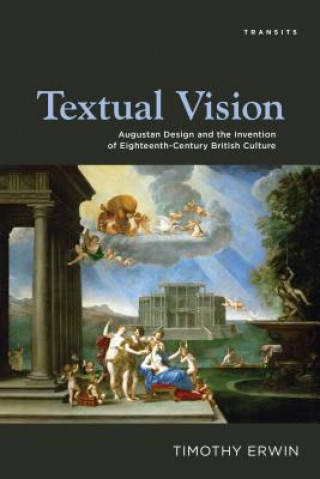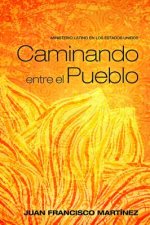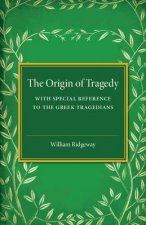
Delivery
Shopping guide





Doesn't suit? No problem! You can return within 30 days
 Gift voucher
any value
Gift voucher
any value
You won't go wrong with a gift voucher. The gift recipient can choose anything from our offer.
Textual Vision
 English
English
 423 b
423 b
 Delivery to Austria
Delivery to Austria
30-day return policy
You might also be interested in


Textual Vision is about the way eighteenth-century British literature either invites us to create mental pictures or else closes off the visual field. Classical rhetoric had long offered two basic ways of picturing texts, one likening plot to perspective and the other language to coloring. Each analogy derives from the triad of invention, design, and coloring, as if creating a painting or creating a poem involved the sequential stages of canvassing precedent, arranging the matter, and adding elocutionary or colorful elements. We may call the formal analogy the discourse of design and the linguistic analogy the discourse of the image. The discourse of design likens narrative emplotment to the perspective and arrangement of history painting. Its matrix is later seventeenth-century court culture and the academic theory of painting, and its prime literary practitioners in England are John Dryden, Alexander Pope, Henry Fielding, and their imitators. The linguistic analogy, on the other hand, compares vividness in language to the coloring of painting. A progressive aesthetic, it gathers momentum from the cultural revolution brought about by the Hanoverian succession and Lockean empiricism. It tends toward an individualism harking back to John Milton and the Puritan Interregnum. Its prime spokesperson is Joseph Addison, and its ultimate expression is the later verbal sublime of Edmund Burke, with its attenuation of the visual field and classical beauty alike. Meanwhile, one finds the discourse of the image prominent in William Hogarth, Samuel Richardson, and a host of mid-century poets. Much as in the ancients vs. moderns controversy, the two discourses stand in contrast to one another, and so five chapters pair off as many major figures in contextual opposition. Art historians are generally familiar with the discourse of design, but literary scholarship is not, typically, in part because aesthetics, with which literary scholars are more familiar, is often understood in purely perceptual terms. A chief aim of this study is to place these two ways of talking about the visual culture in productive dialogue.
About the book
 English
English
Categories


 Contact
Contact How to shop
How to shop

































